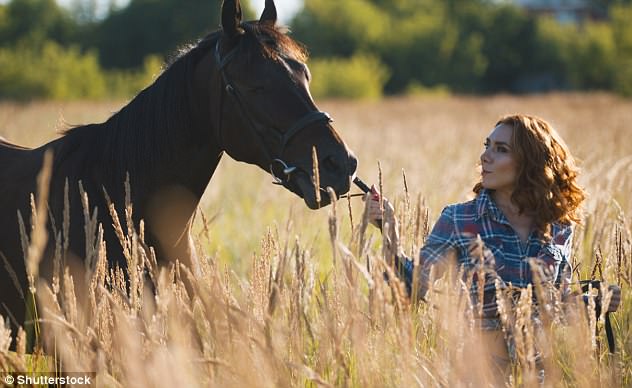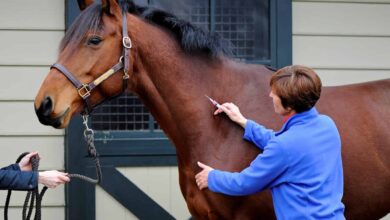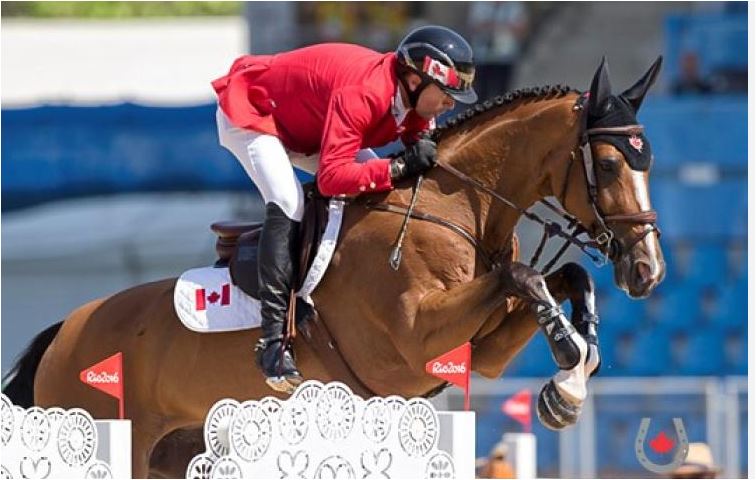How to Recognize Emotional Changes in Female Horses
Mares, like all horses, are highly sensitive and emotionally intelligent creatures. However, female horses often show their moods more clearly and more frequently, especially due to hormonal cycles and herd dynamics. For anyone working closely with mares—whether in riding, grooming, or breeding—understanding their emotional changes is key to building trust and ensuring safe, respectful interaction.
One of the most noticeable signs of emotional change in a mare is her body language. When calm and content, she’ll hold her head at a neutral level, keep her ears relaxed, and respond gently to touch or cues. But if she’s agitated or irritable, her ears may pin back, her tail might swish aggressively, and she may become unresponsive or overly reactive to handling.
Hormonal changes, especially during the estrus cycle (heat), can cause mood swings. Some mares become overly affectionate and clingy during this time, while others grow defensive, anxious, or even aggressive. It’s important to note these shifts without judgment—these are natural expressions, not misbehavior.
Environmental stress also plays a role. Changes in herd hierarchy, travel, unfamiliar sounds, or sudden weather shifts can affect a mare’s mood. Offering a consistent routine, gentle handling, and quiet space during sensitive periods can go a long way in improving her emotional balance.
The key is observation. Spend time watching her responses—how she greets you at the gate, how she reacts to grooming, or how she moves in the paddock. Over time, you’ll start to recognize her individual personality and the subtle cues that signal change.
Understanding a mare’s mood isn’t just about safety—it’s about respect. When you listen closely, she’ll tell you everything you need to know.








